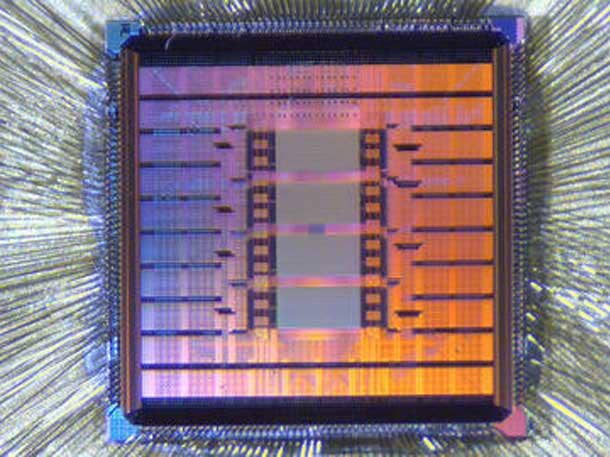Google Inks Deal With US Tech Agency To Design Chips For Researchers, Startups
The National Institute of Standards and Technology and Google have signed a cooperative research and development agreement that aims to provide “a new and affordable domestic supply of chips for research and development,” according to Under Secretary of Commerce for Standards and Technology and NIST Director Laurie Locascio.

The U.S. government has signed a deal with Google to develop and manufacture chips that are expected to reduce costs tied to the development of nanotechnology and semiconductor devices, the Department of Commerce’s National Institute of Standards and Technology (NIST) said Tuesday.
Semiconductor manufacturer SkyWater Technology will produce the 200-millimeter wafers at its Bloomington, Minn., foundry, which universities and other purchasers can then “dice into thousands of individual chips at their own processing facilities,” according to a NIST statement. NIST said Google will pay the initial cost of setting up production and will subsidize the first production run.
A NIST spokesman said that under the terms of any agency agreement, NIST provides personnel, facilities, equipment, and other resources, but does not provide funds to the collaborators.
The chips’ circuitry will be designed by NIST in cooperation with university research partners, including the University of Michigan, the University of Maryland, George Washington University, Brown University and Carnegie Mellon University. The resulting circuit designs will be open source, allowing academic and small business researchers to use the chips without restriction or licensing fees.
“By creating a new and affordable domestic supply of chips for research and development, this collaboration aims to unleash the innovative potential of researchers and startups across the nation,” said Under Secretary of Commerce for Standards and Technology and NIST Director Laurie Locascio in a statement.
While this collaboration was planned before the recent passage of the CHIPS Act, Locascio said it is an example of how government, industry and academics can collaborate to enhance U.S. leadership “in this critically important industry.”
In describing the role the resulting chips will play, NIST said today’s microelectronic devices are comprised of components that are “stacked like layers in a cake, with the bottom layer being a semiconductor chip.” The deal with Google will provide a “bottom-layer chip” with specialized structures to measure and test the performance of the components placed atop it, NIST said in the statement. The agency predicted as many as 40 chips will be optimized for different applications.
“Moving to an open-source framework fosters reproducibility, which helps researchers from public and private institutions iterate on each other’s work. It also democratizes innovation in nanotechnology and semiconductor research,” said Will Grannis, CEO of Google Public Sector, in the statement.